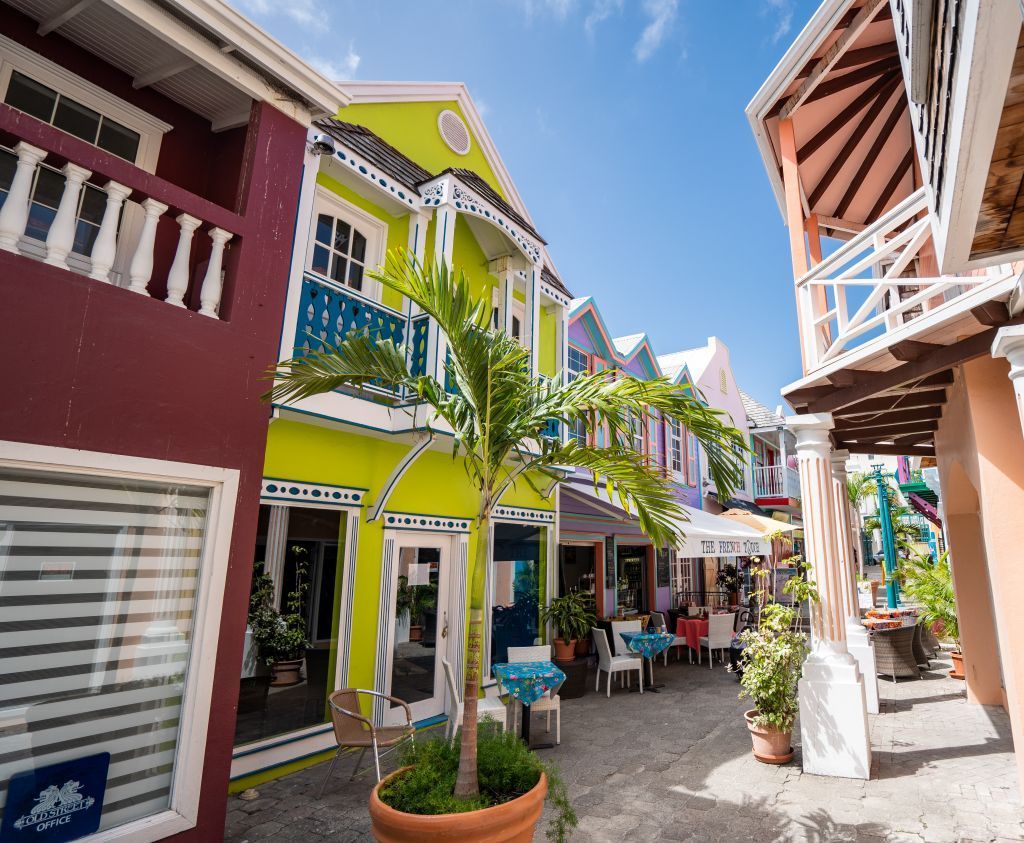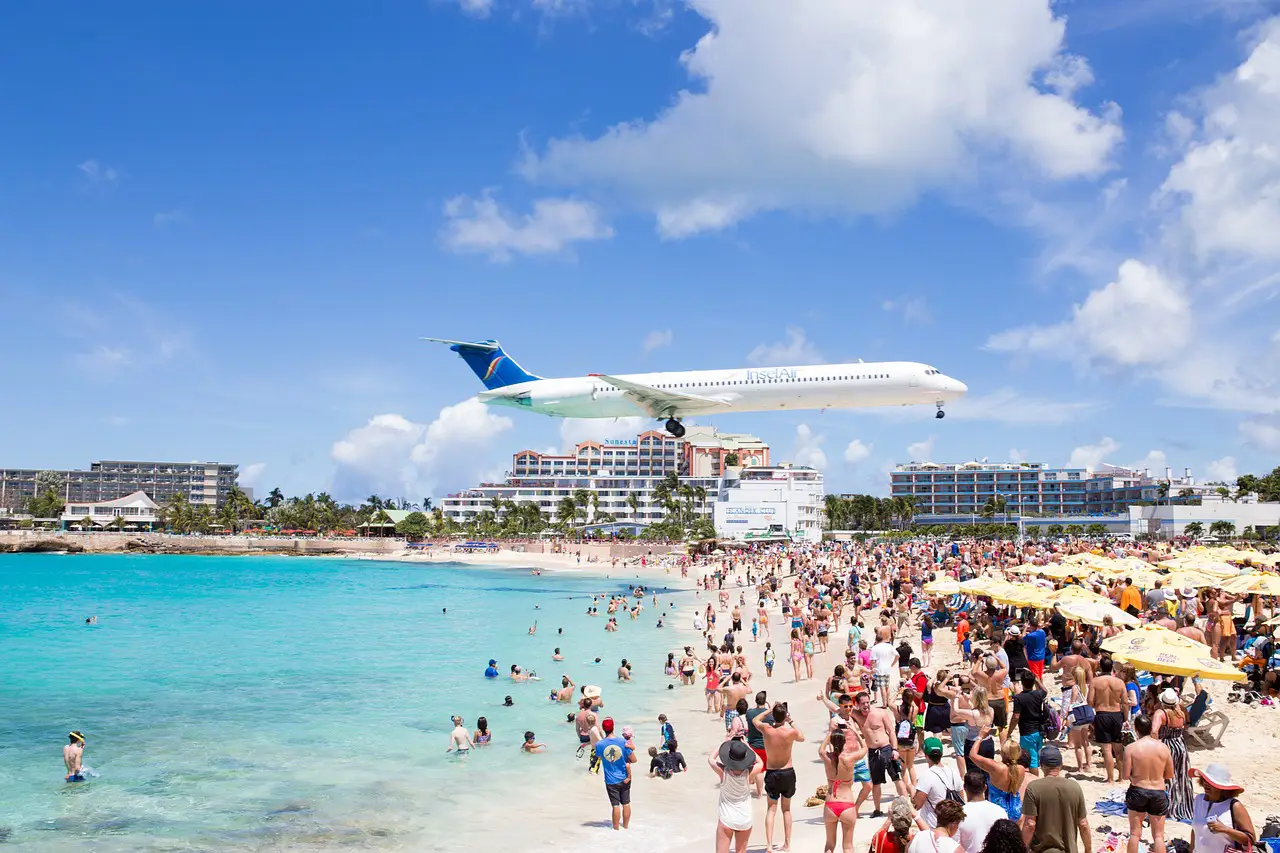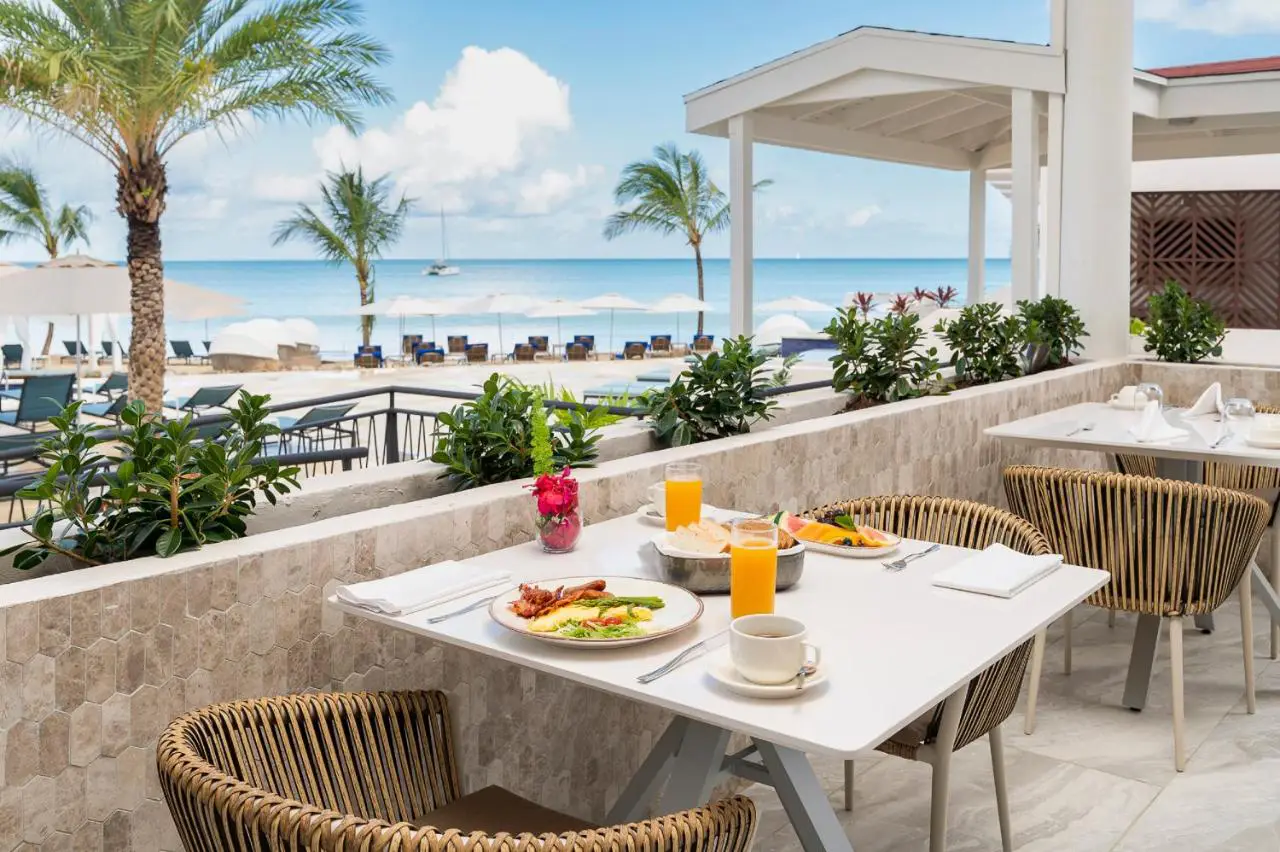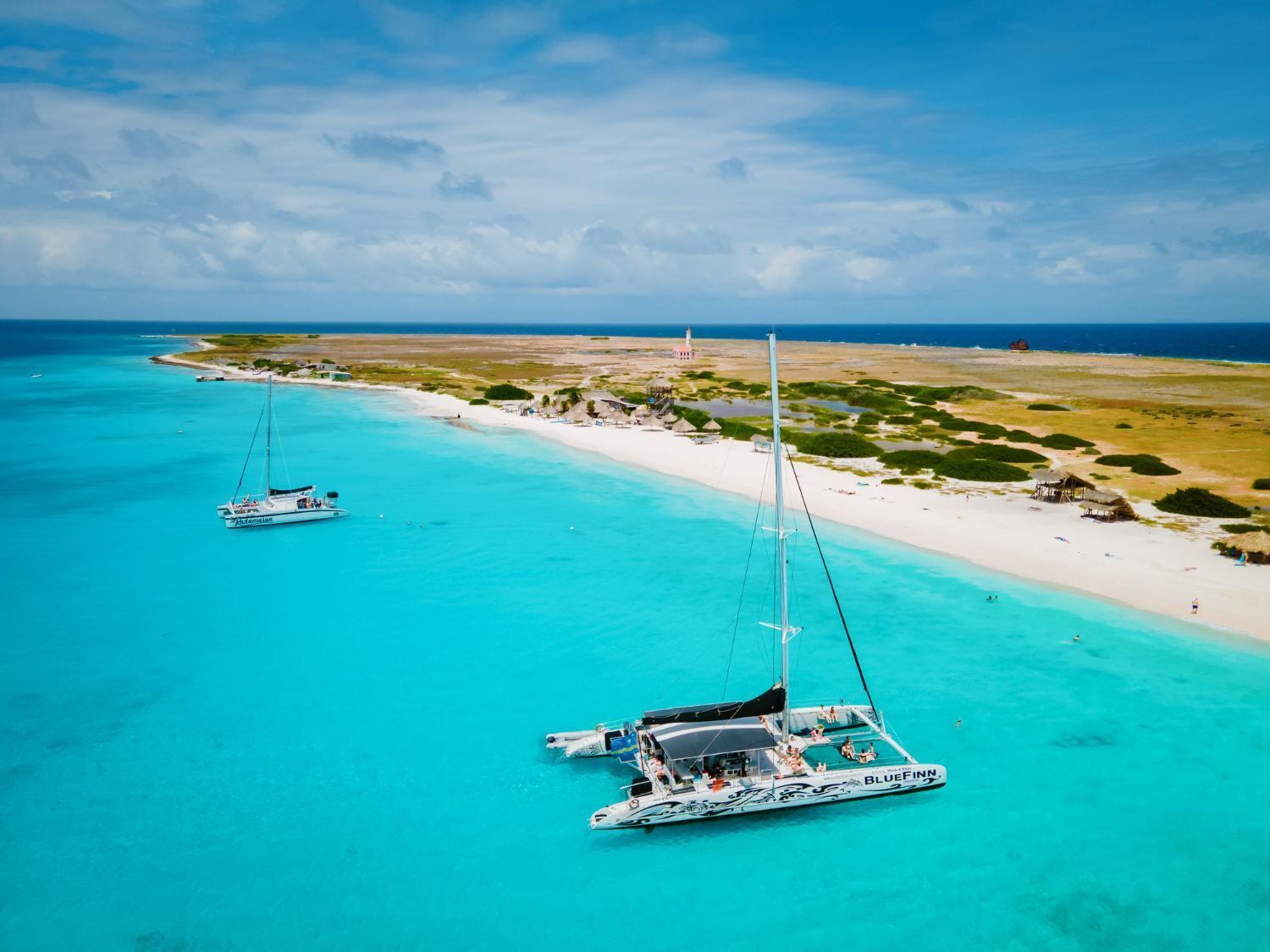This island just changed its currency, and if that weren’t enough, it also happens to be the most searched international destination by U.S. travelers for summer 2025.
Curaçao, the vibrant Dutch Caribbean gem, is enjoying a moment in the global spotlight thanks to a wave of coastal curiosity and a historic financial shift that’s putting it on the radar for adventurers, culture lovers, and sunseekers alike.
Google Says: Everyone Wants to Go
According to Google Flights’ 2025 Summer Travel Trends report, Curaçao is the top trending international destination for trips departing U.S. airports between June 1 and August 31. It’s leading a pack of tropical getaways that includes Puerto Rico, St. Lucia, and Maui—proof that travelers are craving sea, sand, and that unmistakable island rhythm.
And while vacation searches heat up, so do style trends. “Island vacation outfits” are now trending on Google Search, with “wide leg linen pants” becoming a breakout term. It seems Curaçao’s blend of breezy beauty and laid-back luxury is influencing more than just flight bookings.
Canadian Travellers Add to the Buzz
The travel love for Curaçao doesn’t stop at the U.S. border. The Summer Travel Outlook released by Expedia® shows that Canadian travelers, too, are checking off international bucket-list destinations—especially those known for beaches and capital city charm. In this latest report, Curaçao is among the top trending international spots for Canadians, showing a 45% spike in interest. It joins a dynamic list that includes San Juan, Puerto Rico (+120%), Koh Samui (+65%), and the Chiba Prefecture in Japan (+70%).
While Paris remains the most popular international destination for Canadians, more unique escapes are also trending, including Bordeaux (+50%) and St. Pierre and Miquelon (+130%)—the latter a tiny slice of France just a ferry ride from Newfoundland, offering a taste of Europe without a transatlantic flight.
Sunshine, Culture, and Caribbean Ease
Curaçao offers a rare combination of Caribbean warmth and European flair. Colorful Dutch colonial homes line the streets of Willemstad, a UNESCO World Heritage Site that feels like a pastel postcard. Over 35 white-sand beaches dot the coastline, and year-round temperatures hover in the mid-80s Fahrenheit—made bearable by steady trade winds and remarkably low humidity.
Importantly, Curaçao lies just outside the main hurricane belt, which gives travelers a bit more peace of mind when booking a summer island escape. That makes it an appealing alternative to storm-prone destinations during peak travel months.
But what truly sets the island apart is its rich cultural fabric. Curaçao’s heritage is a mix of African, European, Latin American, and Indian influences, reflected in its language, food, and traditions. The island has three official languages—Papiamentu, Dutch, and English—making it easy for visitors to navigate while still enjoying a multicultural vibe.
Hungry? Try the island’s snack bar culture (locally called snèks), or grab a sandwich from a food truck, known here as a truki pan. Barbecue joints and seaside cafes offer everything from stewed goat to fresh red snapper, and culinary tourism is quietly becoming one of Curaçao’s biggest draws.
A New Currency for a New Chapter
Adding to the buzz, Curaçao introduced a new currency on March 31, 2025: the Caribbean guilder. Shared with neighboring Sint Maarten, this currency replaces the long-standing Netherlands Antillean guilder (ANG). For travelers, that means two things: you’ll begin receiving change in Caribbean guilders starting now, and by June 30, ANG will no longer be accepted for purchases on the island.
The new currency features beautifully designed banknotes themed around “World Under the Sea,” celebrating Curaçao and Sint Maarten’s rich marine ecosystems. One side showcases vivid underwater scenes, while the other highlights historical landmarks. Coins include depictions of King Willem-Alexander, marine life, and the region’s signature orange blossom. Two versions of the coins exist—one marked “Curaçao,” the other “Sint Maarten”—but both are accepted interchangeably in either country.
Visitors holding leftover ANG have plenty of time to exchange them. ANG will be accepted at commercial banks until March 31, 2026, and at the Central Bank of Curaçao and Sint Maarten until March 31, 2055. It’s a smooth transition by design—giving residents and travelers ample time to adapt.
Beyond the Beach: What to Do in Curaçao
While beachgoers flock to Playa Kenepa and Cas Abao for sun and swimming, Curaçao offers so much more than a lazy day in the sand. Divers and snorkelers love the island for its accessible coral reefs and calm, clear waters. Sites like Tugboat Beach and Mushroom Forest are famed for vibrant marine life and visibility, often stretching 100 feet or more.
History buffs will enjoy exploring the island’s network of Dutch forts and preserved plantation estates. Fort Amsterdam in Willemstad is a must-see, as is the Kura Hulanda Museum, which offers a thoughtful look at Curaçao’s role in the transatlantic slave trade.
Families or animal lovers can head to the Curaçao Sea Aquarium, home to sea turtles, stingrays, and the island’s famed dolphins. Meanwhile, adventure seekers can hike Mount Christoffel in the island’s national park for panoramic views or venture to the uninhabited island of Klein Curaçao—a full-day boat trip with powdery white sands and a shipwreck to explore.
Practical Travel Tips
Getting to Curaçao is easier than ever. Direct flights are available from major U.S. cities including Miami, New York, Charlotte, and Atlanta. For Canadians, flights operate seasonally from Toronto and Montreal. U.S. and Canadian citizens don’t need a visa for stays under 90 days, and the local time zone is Atlantic Standard Time (AST), which doesn’t observe daylight savings.
The island uses the metric system, drives on the right side of the road, and most businesses accept major credit cards. While the new Caribbean guilder is the official currency, U.S. and Canadian dollars are widely accepted—just be aware that change will likely be given in guilders.
The best time to visit is between January and September, with the dry season running from February through June. For an even deeper cultural dive, time your visit with events like the Curaçao North Sea Jazz Festival in August or Carnival in February, both of which offer vibrant parades, music, and dance that reflect the island’s infectious spirit.
Why Now Is the Time to Go
From trend-setting beaches to currency reforms that echo a deeper sense of national identity, Curaçao is not just a place to relax—it’s a place in motion. Its recent ranking as a top destination for both U.S. and Canadian summer travelers cements its place in the global travel conversation, while the introduction of the Caribbean guilder marks a significant moment in the island’s economic journey.
For travelers, this combination of natural beauty, cultural richness, and timely transformation offers a compelling reason to put Curaçao on the itinerary. Whether you’re planning to dive into coral reefs, stroll through Willemstad’s historic streets, or simply sip a tropical cocktail while brushing up on your Papiamentu, there’s never been a more fascinating—or fashionable—time to visit.









